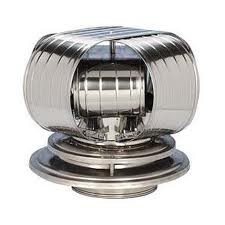Do I Need A Chimney Cap?

A chimney cap fits over the top of your chimney and prevents water from running down your chimney and into your stove, fireplace, and home. It is most important in climates that experience significant rainfall, but even those in drier areas should use one. Here are some of the advantages of a chimney cap.
Prevents Bird Nests And Animals In Your Home
No matter what size chimney you have, during the months that you are not burning a fire, birds may find it a very attractive place to build a nest and raise a family. Removing bird nests that are so high up on your home can cost you time and money and be very annoying when all you want to do is build a fire. Uncapped chimneys are more likely to allow wildlife into your home when no fire is present. Even if there are no visible animals, small animals can sometimes become trapped and die in a chimney.
Reduces Damage To Stove And Chimney
Water can cause rust to your stove, chimney, or fireplace. Pitting and other damage can make your whole wood heating system look dingy and worn out. As expensive as a nice stove is, you owe it to yourself to have a good quality chimney cap to protect your investment. The expense is far less than the damage that can be done without a chimney cover.
No Ice and Snow Accumulation
During inclement weather, ice and snow can accumulate in a chimney which means your stove cannot exhaust or draw efficiently. With a chimney cover, you can enjoy a good rate of flow that allows for better and more efficient heating of your home. It is also important to remember that when temperatures warm up and ice melts, you can experience additional damage from the moisture.
Professional Installation= All The Benefits
While you can install a chimney cap yourself, if you have never worked on a roof before or have no experience with heating systems then it may be best to leave it to a professional that will make sure that your cap is installed correctly. While installing a cap, it is good to check the rest of the chimney for any issues such as leaks, cracks, discoloration, or other issues that could cause problems in the future.




